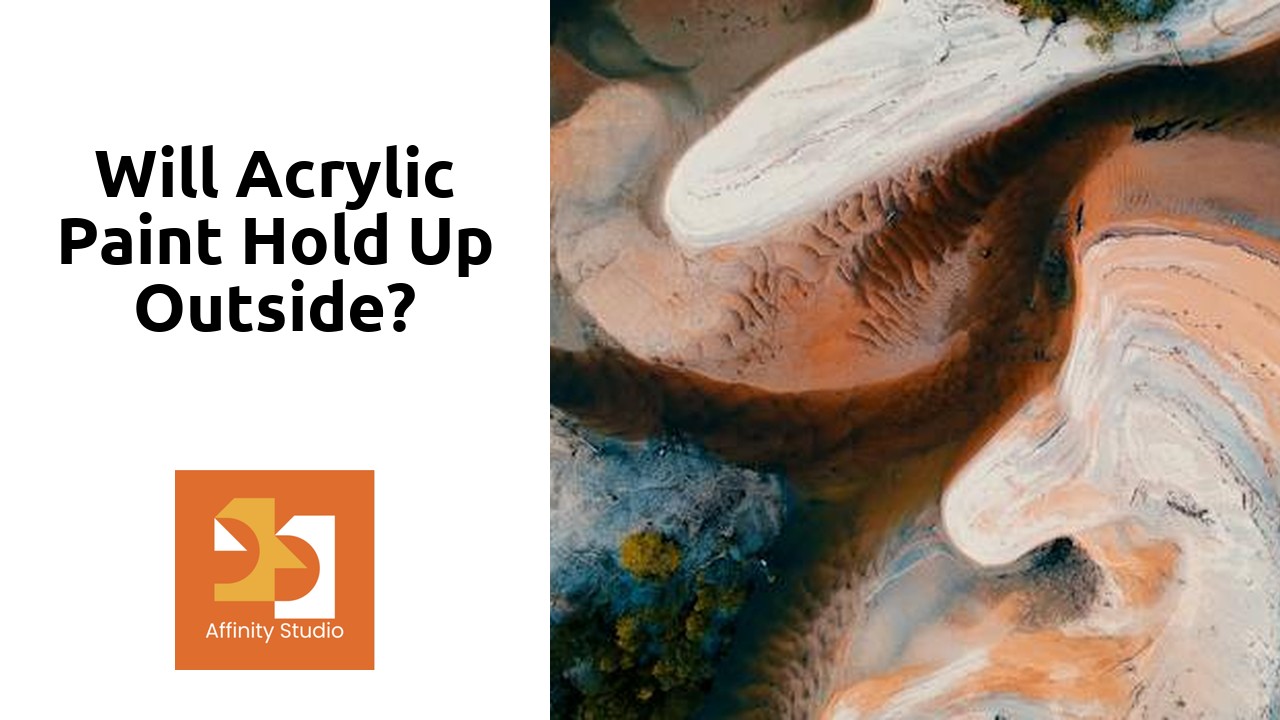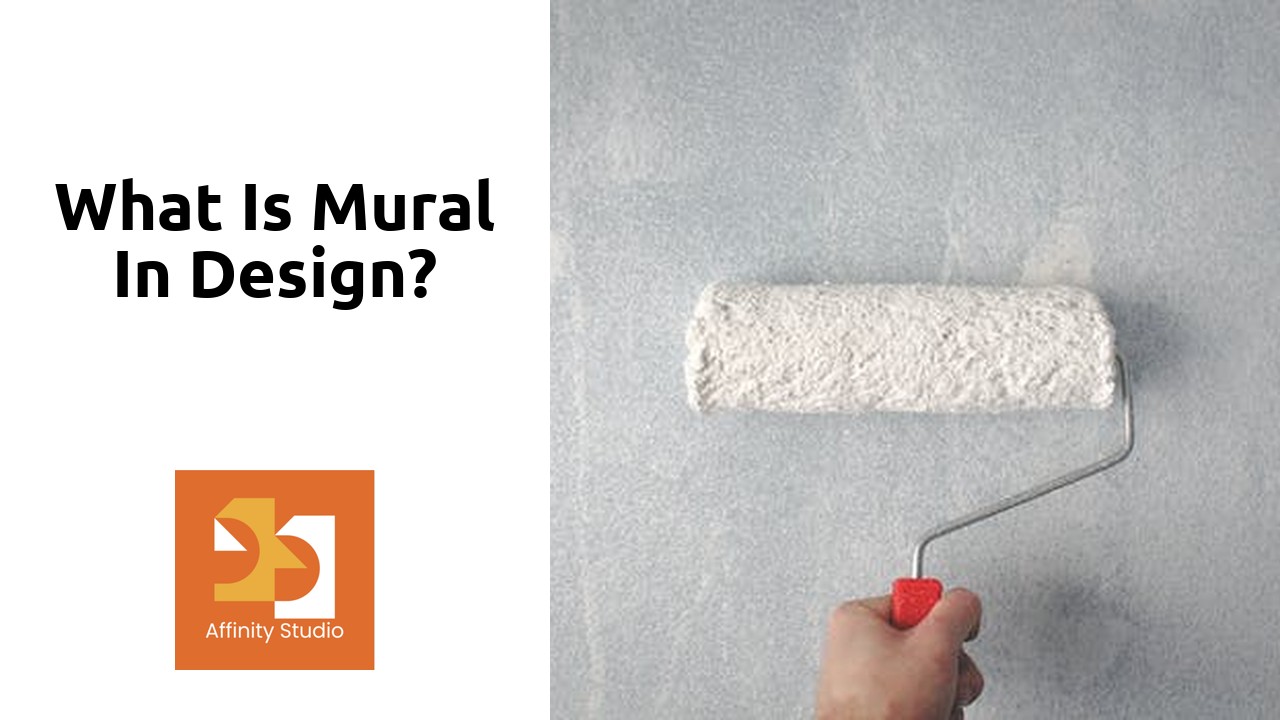Table Of Contents
The Durability of Acrylic Paint in Outdoor Environments
Acrylic paint has gained popularity among artists and DIY enthusiasts for its versatility and vibrant colors. However, when it comes to using acrylic paint in outdoor environments, durability becomes a crucial factor to consider. The main concern is whether acrylic paint can withstand the elements and maintain its color and integrity over time.
Fortunately, acrylic paint has proven to be quite durable in outdoor settings. Its water-resistant properties make it resistant to rain and other forms of moisture. Additionally, acrylic paint has the ability to withstand exposure to sunlight without fading or deteriorating. These qualities make it a suitable choice for outdoor art installations, murals, and even painting exterior surfaces like fences or furniture.
The durability of acrylic paint outdoors can be further enhanced by proper surface preparation and applying a clear protective sealer. This helps to protect the paint from scratches and UV damage, ensuring its longevity. While acrylic paint is generally sturdy enough for outdoor use, it is important to note that extreme weather conditions, such as freezing temperatures or intense heat, can still affect its performance. In such cases, using specialized acrylic paints specifically designed for outdoor use may be advisable to ensure optimal durability and longevity.
See here for more great tips.
Exploring the Resilience of Acrylic Paint in Exterior Settings
Acrylic paint is widely known for its versatility and vibrant colors, but one question that often arises is whether it can hold up in outdoor environments. When exploring the resilience of acrylic paint in exterior settings, it is crucial to consider a few factors that may affect its durability.
Firstly, it is important to note that acrylic paint is water-based, which means it can resist water damage to some extent. However, prolonged exposure to rain, snow, and humidity can still pose a risk to the longevity of the paint. Additionally, extreme temperature fluctuations can cause the paint to expand and contract, potentially leading to cracking or peeling. Therefore, when using acrylic paint outdoors, it is essential to choose a high-quality paint that is specifically designed for exterior use and can withstand the elements.
Unveiling the Longevity of Acrylic Paint when Exposed to the Elements
The longevity of acrylic paint when exposed to the elements is a topic of great interest to artists, homeowners, and anyone who wishes to enhance the appearance of outdoor surfaces. Acrylic paint has gained popularity over the years due to its versatility, vibrant colors, and ease of use. However, its durability in outdoor environments often raises questions and concerns. Acrylic paint is known for its exceptional resilience and ability to withstand various weather conditions, but how well does it hold up over time when exposed to the harsh elements? To answer this question, it is crucial to understand the factors that can affect the longevity of acrylic paint in outdoor settings.
One of the key considerations is the type of surface the paint is being applied to. Acrylic paint adheres best to porous surfaces such as wood, concrete, or canvas. These surfaces allow the paint to penetrate and bond with the material, creating a long-lasting finish. However, on non-porous surfaces like metal or glass, the adhesion may be less reliable, leading to potential peeling or chipping over time. Additionally, the preparation of the surface before painting is crucial for ensuring proper adhesion and longevity. Proper cleaning, sanding, and priming can help create a strong bond between the paint and the surface, ultimately enhancing its durability in outdoor environments.
Outdoor Applications: Testing the Viability of Acrylic Paint
Outdoor Applications: Testing the Viability of Acrylic Paint
When it comes to using acrylic paint in outdoor applications, many artists and DIY enthusiasts often wonder about its viability. Will acrylic paint hold up outside? This question sparks a curiosity to explore the durability and resilience of acrylic paint when exposed to the elements.
To understand the performance of acrylic paint in outdoor conditions, it is vital to subject it to rigorous testing. Various factors such as temperature fluctuations, sunlight exposure, moisture, and even pollution can affect the longevity and vibrancy of acrylic paint. By testing the paint’s resistance to fading, cracking, peeling, and chipping, we can better evaluate its suitability for outdoor use and determine whether it can withstand the challenges posed by nature.
Understanding the Performance of Acrylic Paint in Outdoor Conditions
Acrylic paint has gained popularity for its versatility and vibrant colors, leading many artists and DIY enthusiasts to wonder about its performance in outdoor conditions. Understanding the performance of acrylic paint in outdoor environments is crucial for those who want to use it for murals or other exterior applications. Acrylic paint is generally known for its durability and ability to withstand various weather conditions, making it a viable option for outdoor use.
One of the key factors in the performance of acrylic paint outdoors is its resistance to fading. Unlike other types of paint, acrylic paint does not easily fade when exposed to sunlight. This is because acrylic paint contains pigments that are highly resistant to ultraviolet (UV) radiation. This UV resistance helps the acrylic paint maintain its vibrant colors even after prolonged exposure to the sun. Additionally, acrylic paint is also known for its water-resistant properties, which contributes to its durability in outdoor settings. This resistance to water ensures that the paint does not easily wash off or peel when exposed to rain or moisture.
Evaluating the Suitability of Acrylic Paint for Outdoor Use
When it comes to evaluating the suitability of acrylic paint for outdoor use, there are several factors to consider. One of the most important is the durability of the paint in outdoor environments. Acrylic paint is known for its ability to withstand various weather conditions, including rain, UV rays, and temperature changes. This makes it a popular choice for outdoor applications such as murals, sculptures, and even outdoor furniture. However, it is important to note that not all acrylic paints are created equal. Some brands and formulations are specifically designed for outdoor use, while others may not hold up as well over time. Therefore, it is crucial to select a high-quality acrylic paint that is specifically formulated for outdoor use to ensure longevity and vibrant colors. Additionally, proper surface preparation and application techniques can also contribute to the paint’s resilience in outdoor conditions. By following recommended guidelines and using the right materials, acrylic paint can prove to be a durable and suitable choice for outdoor projects.
FAQS
Can acrylic paint be used for outdoor projects?
Yes, acrylic paint can be used for outdoor projects due to its durability and resistance to the elements.
How long can acrylic paint last when used outdoors?
The longevity of acrylic paint when exposed to outdoor conditions can vary depending on factors such as weather, sunlight exposure, and proper application. However, with proper care and maintenance, acrylic paint can last for many years.
Will acrylic paint fade when exposed to sunlight?
Acrylic paint is known for its excellent lightfastness, meaning it resists fading when exposed to sunlight. However, prolonged exposure to intense sunlight may cause some minor fading over time.
Is it necessary to seal acrylic paint when used outdoors?
While not always necessary, sealing acrylic paint with a protective sealant or varnish can provide additional protection and enhance its durability when used outdoors. It can help prevent fading, cracking, and damage from moisture.
Can acrylic paint withstand rain and moisture?
Acrylic paint is water-resistant once it has dried completely, making it suitable for outdoor use. However, excessive exposure to moisture, such as heavy rain or standing water, can eventually cause damage if not properly sealed or protected.
Will acrylic paint hold up in extreme weather conditions?
Acrylic paint is generally resilient to moderate weather conditions, including heat, cold, and humidity. However, extreme weather conditions, such as extreme heat or freezing temperatures, may affect its performance and longevity.
Can acrylic paint be used on all outdoor surfaces?
Acrylic paint can be used on a wide range of outdoor surfaces, including wood, metal, concrete, plastic, and more. However, it is important to properly prepare and prime the surface to ensure proper adhesion and longevity.
How should acrylic-painted outdoor surfaces be cleaned and maintained?
Acrylic-painted outdoor surfaces can be easily cleaned with mild soap and water. Regular maintenance, such as cleaning off dirt and debris and inspecting for any signs of damage, can help prolong the life of the paint.
Are there any specific precautions to take when using acrylic paint outdoors?
When using acrylic paint outdoors, it is important to consider factors such as weather conditions, surface preparation, and proper sealing. Additionally, using high-quality acrylic paints and following the manufacturer’s instructions can help ensure optimal performance and longevity.




